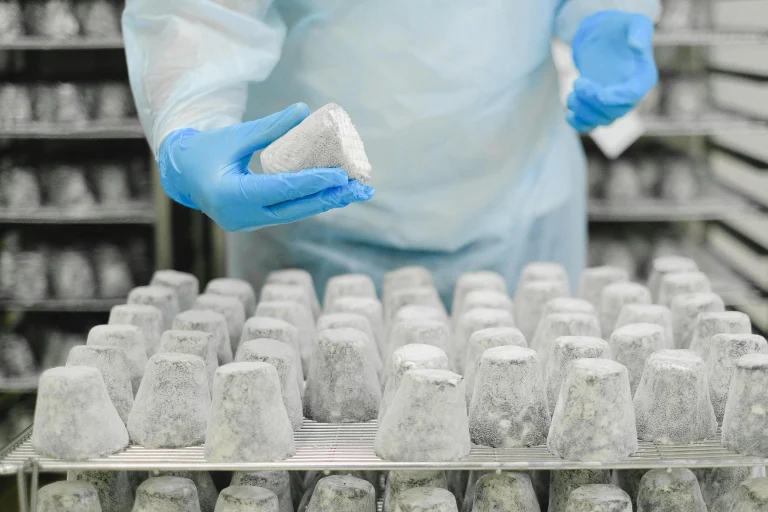Why Papercrete Could Change Your Off-Grid Life Forever
Imagine building a strong, insulated, and sustainable home using nothing more than recycled paper, cement, and water. No heavy machinery. No sky-high construction bills. Just simple, affordable ingredients and a little elbow grease. That’s the promise of papercrete, one of the most underrated yet powerful materials in off-grid building.
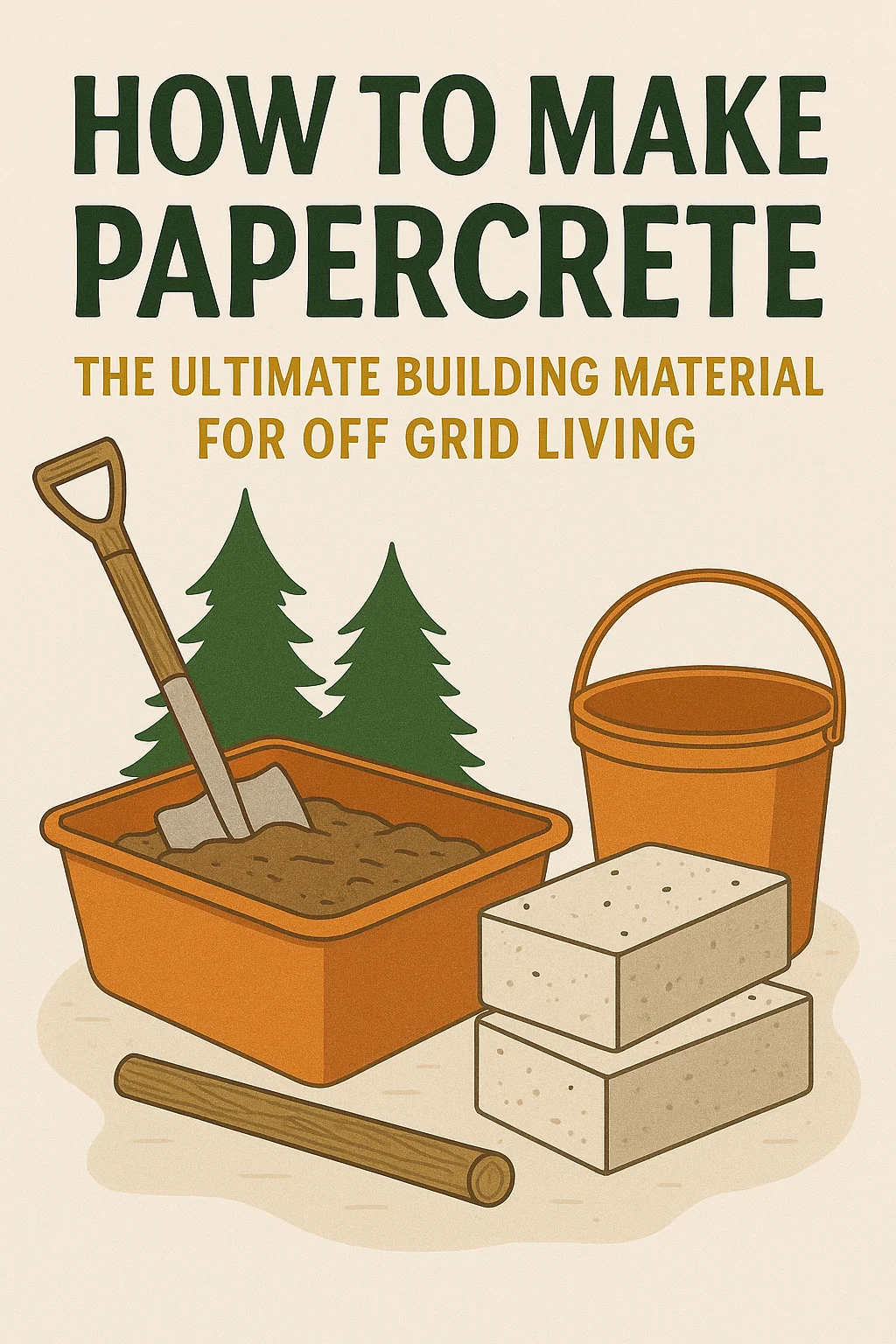
Whether you’re a homesteader, a prepper, or someone dreaming of a sustainable lifestyle, learning how to make papercrete could give you more freedom and control than ever before. With this guide, you’ll explore the why, the how, and everything in between to start building smarter—off the grid.
What Is Papercrete? (And Why It’s Perfect for Off-Grid Living)
Papercrete is a lightweight construction material made from a blend of shredded paper, cement, and water. In some recipes, sand or clay is added for extra durability or texture. It’s a DIY builder’s dream—affordable, sustainable, and surprisingly strong.
You get the insulating qualities of paper, the structural power of cement, and the satisfaction of recycling what others throw away. Unlike concrete, which is heavy and rigid, papercrete is light, moldable, and insulating—perfect for remote or off-grid locations where hauling heavy materials is a challenge.
Why Papercrete Works for You:
-
Uses free or low-cost materials
-
Easy to mix and mold on your own
-
Provides excellent thermal insulation
-
Can be used for walls, sheds, roofing panels, and more
-
Reduces landfill waste by repurposing paper
Benefits of Building with Papercrete
If you’re wondering why more off-grid enthusiasts are switching to papercrete, here’s what makes it stand out:
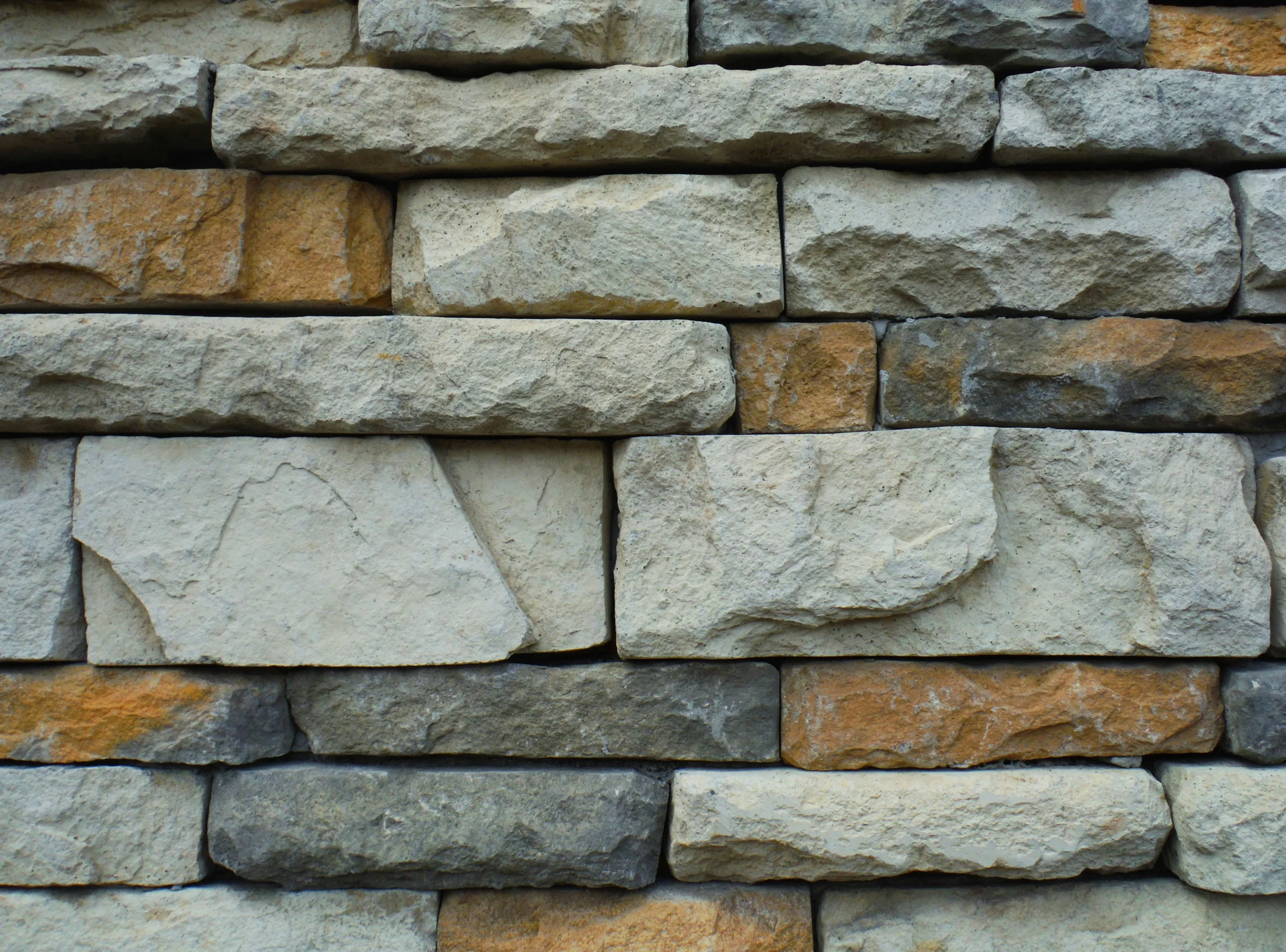
✅ Thermal Efficiency
Papercrete walls provide natural insulation, keeping your off-grid home cooler in summer and warmer in winter—without relying on electricity.
✅ Lightweight and Easy to Work With
Compared to concrete or adobe, papercrete is much lighter. That means easier handling, faster installation, and less strain on your foundation.
✅ Cost-Effective
The most expensive component—Portland cement—is minimal. Most of the volume is made up of free shredded paper.
✅ Eco-Friendly
Recycling paper into your walls reduces waste and lowers your environmental impact. It’s sustainable from start to finish.
✅ Customizable
Want curved walls? Decorative forms? Furniture molds? Papercrete lets you get creative with shape and texture.
🏡 If you’re serious about off-grid building and long-term self-sufficiency, there’s more you can do beyond papercrete.
The Self-Sufficient Backyard is a comprehensive resource that shows you how to live independently—grow your own food, harvest water, produce energy, and build everything from the ground up.
How to Make Papercrete (DIY Recipe & Mixing Guide)
Ready to get your hands dirty? Here’s a breakdown of exactly how to make papercrete at home.
🧱 Ingredients:
| Material | Amount (Standard Batch) |
|---|---|
| Shredded Paper | 60% by volume (old newspapers) |
| Portland Cement | 25–30% by volume |
| Sand (optional) | 10–15% by volume |
| Water | As needed to form slurry |
You can adjust the ratios based on your use case—more cement for load-bearing uses, more paper for insulation, or more sand for compressive strength.
🧪 Step-by-Step Mixing Instructions:
-
Shred Your Paper
Tear or shred old newspaper, phone books, or office paper. Avoid glossy or coated paper—it resists water absorption. -
Soak in Water
Let the shredded paper soak overnight. This softens the fibers and makes blending easier. -
Blend the Slurry
Use a cement mixer, drill-mounted paint mixer, or a custom-built papercrete mixer to blend the paper into a pulp. -
Add Cement and Sand
Slowly add Portland cement and optional sand while the mixture is spinning. You’re aiming for a thick, uniform slurry. -
Pour and Mold
Pour the slurry into wooden molds, forms, or bricks. Tap the sides to release air bubbles. -
Let It Cure
Let the blocks or panels cure for 24–48 hours. Full strength is usually achieved within 2 weeks.
Best Uses for Papercrete in Off-Grid Living
Now that you know how to make papercrete, here’s where to use it:
-
Exterior and Interior Walls – Great for insulation and structure
-
Sheds and Storage Units – Fast, affordable builds
-
Furniture – Mold papercrete into benches, tables, and counters
-
Garden Beds and Cold Frames – Durable and weather-resistant
-
Outdoor Cooktops and Firepits – Use fire-resistant additives or sealants
Tools and Equipment You’ll Need
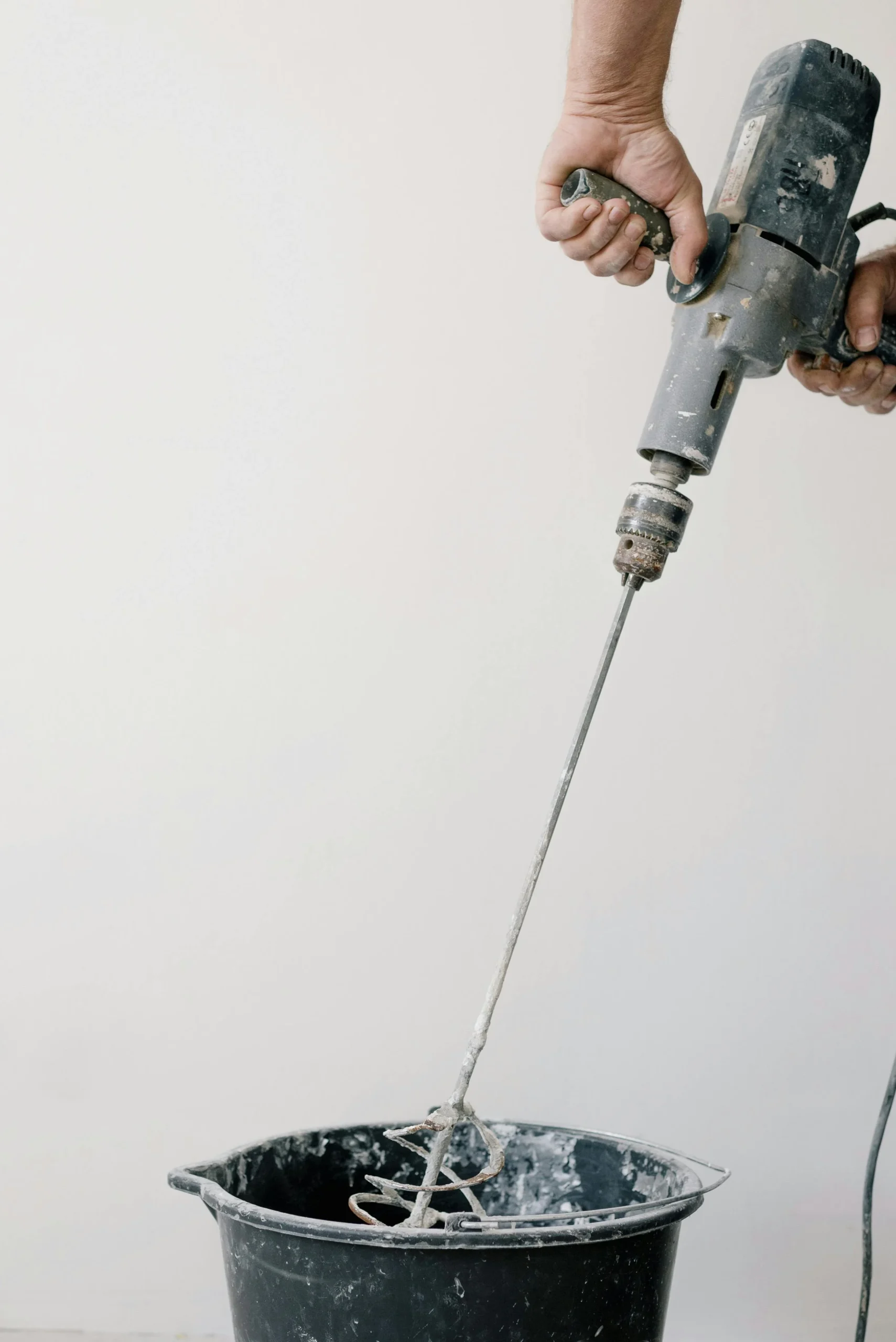
🛠️ Basic Setup for Beginners
-
5-gallon buckets
-
Large plastic tub or wheelbarrow
-
Shredder (manual or electric)
-
Drill with paddle mixer
⚙️ Advanced DIY Setup
-
Cement mixer or papercrete-specific mixer
-
Mold forms (wooden or silicone)
-
Safety gear (gloves, goggles, dust mask)
Cost Breakdown: Building on a Budget
Here’s how much a typical DIY batch might cost:
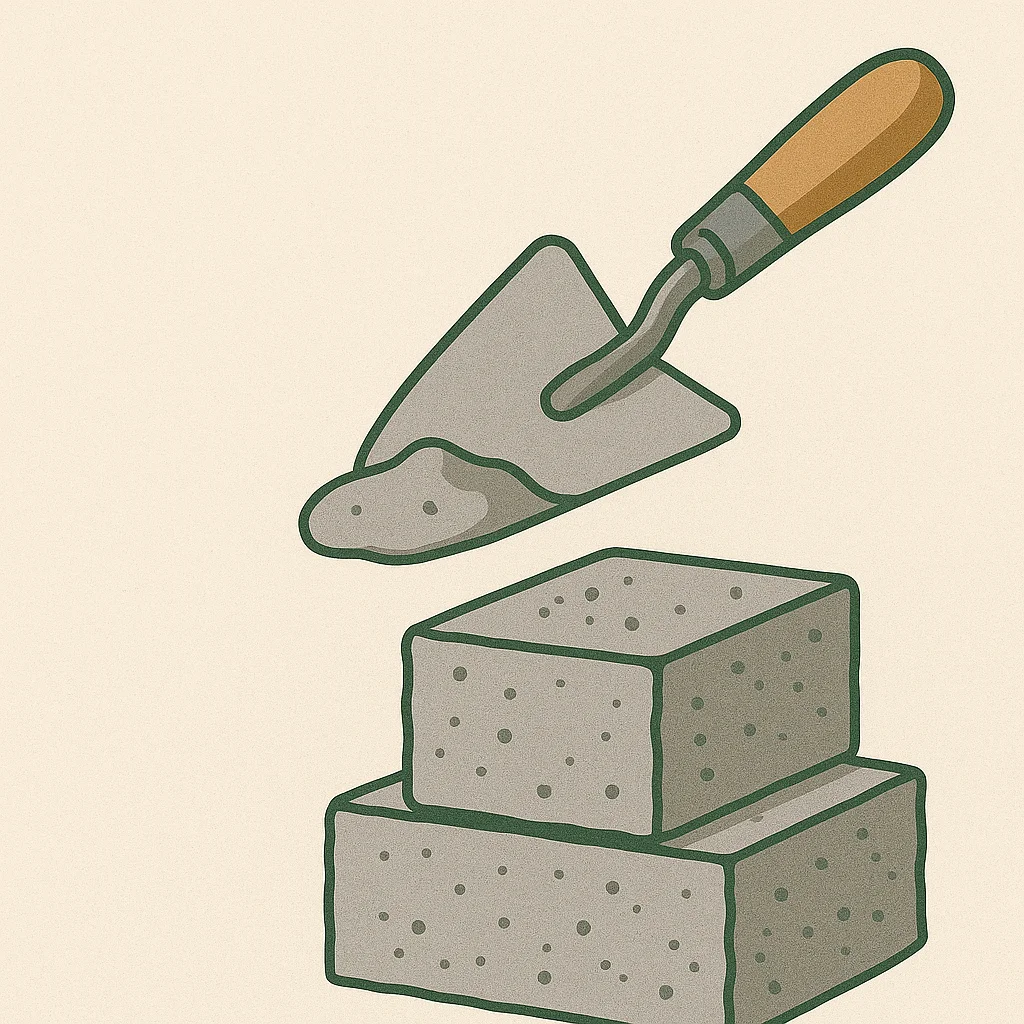
| Item | Estimated Cost |
|---|---|
| Shredded paper (free) | $0 |
| Portland cement (80 lb) | $12–$15 |
| Sand (1 cubic foot) | $2–$5 |
| Mixer rental (optional) | $25–$40/day |
| Total per batch | Under $20 |
You can often produce dozens of blocks from one batch, bringing the cost per block to under $1—far cheaper than concrete or cinder blocks.
Curing, Drying, and Storage Tips
-
Air Dry Slowly: Place your forms in a shaded area with airflow.
-
Avoid Direct Sun: Harsh sun can crack drying papercrete.
-
Stack With Spacers: Let air flow between blocks or panels.
-
Store Indoors or Cover: If rain is expected, use a tarp or shelter.
Curing takes time—but it’s worth the wait. Papercrete blocks fully dry in 1–2 weeks and gain strength as they harden.
Common Papercrete Mistakes to Avoid
Even though papercrete is beginner-friendly, these errors can ruin your batch:
-
❌ Using glossy or waxed paper
-
❌ Overloading with water (weakens structure)
-
❌ Skipping cement or using poor ratios
-
❌ Inadequate curing time
-
❌ Failing to reinforce structural builds
Test your mix in small batches before scaling up. Over time, you’ll learn to get the texture just right.
Environmental Impact and Sustainability
Papercrete isn’t just cheap—it’s green:
-
♻️ Diverts paper from landfills
-
🌱 Reduces reliance on concrete and lumber
-
🧱 Creates long-lasting structures with minimal waste
-
🔄 Can be reused or reformed in new batches
For off-grid living, it’s the perfect material: low-impact, high-reward, and endlessly adaptable.
Safety Considerations
Working with cement and paper doesn’t come without risks:
-
🧤 Wear Gloves – Cement can irritate skin
-
😷 Use a Dust Mask – Especially when mixing dry cement
-
👁 Protect Your Eyes – Always wear goggles
-
🧯 Fire Resistance – Add fireproofing sealants or clay for outdoor cooking or fire-adjacent areas
✅ Recommended Resource: The Self-Sufficient Backyard
If you’re learning how to make papercrete to gain control over your building materials, The Self-Sufficient Backyard is the natural next step in your journey.
Inside this detailed guide, you’ll discover:
-
DIY techniques for building off-grid infrastructure
-
Sustainable living practices for energy, water, and shelter
-
Strategies for maximizing land productivity and reducing dependence
Whether you’re building a papercrete cabin or planting your first survival garden, this guide is a blueprint for total independence.
👉 Click here to explore The Self-Sufficient Backyard and bring your homesteading goals to life.
FAQ – How to Make Papercrete for Off-Grid Living
Can I use junk mail or magazines?
No. Avoid glossy or coated paper—it doesn’t absorb water well and weakens the mix.
Is papercrete waterproof?
Not by itself. Add sealants or finishes for outdoor projects or wet zones.
Can I build a house with papercrete?
Yes, but ensure you follow local building codes and include proper reinforcements if using papercrete for load-bearing walls.
What tools do I absolutely need?
At a minimum: buckets, a mixer (manual or drill-mounted), a mold, and protective gear.
How long does papercrete last?
When sealed and maintained, it can last decades—just like concrete.
Conclusion: Build a Better Future with Papercrete
Learning how to make papercrete puts the power of construction in your own hands. You don’t need fancy equipment, deep pockets, or professional help. Just recycled paper, a little cement, and your determination to build a better, more self-sufficient life.
Whether you start with a bench or an entire cabin, every block you pour brings you one step closer to independence. So why wait?
🛠️ If you’re ready to build with confidence and go all-in on sustainable living, The Self-Sufficient Backyard will guide you step-by-step—no matter your experience level.
👉 Start mixing. Start building. And start living the off-grid life you’ve always imagined.

